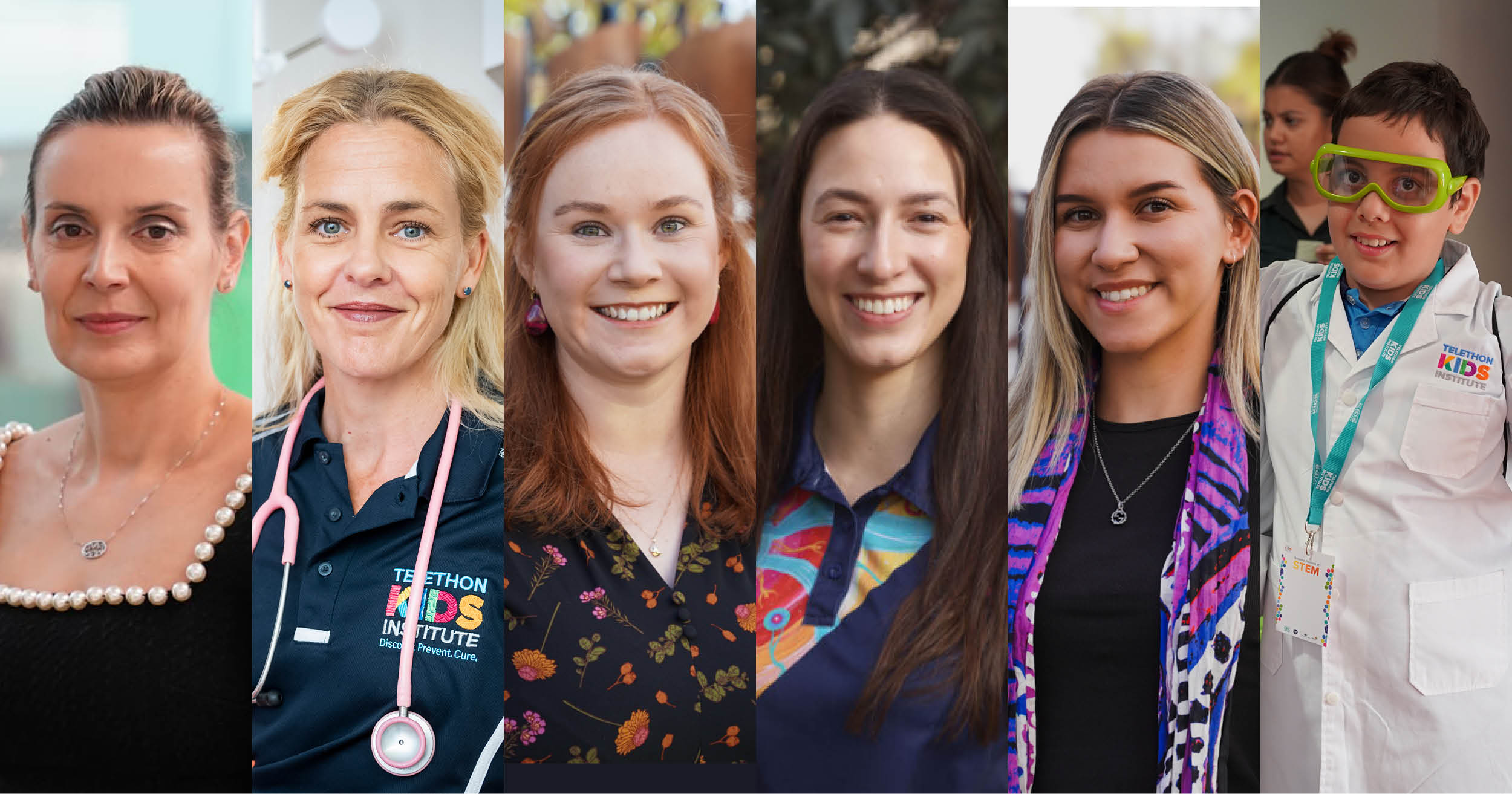Search
Research
Adipose tissue in the small airways: How much is enough to drive functional changes?Obesity is a contributing factor to asthma severity; while it has long been understood that obesity is related to greater asthma burden, the mechanisms though which this occurs have not been fully elucidated. One common explanation is that obesity mechanically reduces lung volume through accumulation of adipose tissue external to the thoracic cavity.
Research
Interobserver Agreement When Diagnosing Hypoventilation in Children With Neuromuscular DisordersNeuromuscular disorders can lead to nocturnal hypoventilation. Accurate diagnosis of hypoventilation is imperative to guide treatment decisions. This study determined interobserver agreement for a number of definitions of nocturnal hypoventilation in children and adolescents with neuromuscular disorders.
Research
OMIP-100: A flow cytometry panel to investigate human neutrophil subsetsThis 14-color, 13-antibody optimized multicolor immunofluorescence panel (OMIP) was designed for deep profiling of neutrophil subsets in various types of human samples to contextualize neutrophil plasticity in a range of healthy and diseased states. Markers present in the OMIP allow the profiling of neutrophil subsets associated with ontogeny, migration, phagocytosis capacity, granule release, and immune modulation.
Research
European Respiratory Society/American Thoracic Society technical statement: standardisation of the measurement of lung volumes, 2023 updateThis document updates the 2005 European Respiratory Society (ERS) and American Thoracic Society (ATS) technical standard for the measurement of lung volumes. The 2005 document integrated the recommendations of an ATS/ERS task force with those from an earlier National Heart, Lung, and Blood Institute workshop that led to the publication of background papers between 1995 and 1999 and a consensus workshop report with more in-depth descriptions and discussion.
Research
Thoracic electrical impedance tomography identifies heterogeneity in lungs associated with respiratory disease in cattle. A pilot studyRespiratory disease in cattle is a significant global concern, yet current diagnostic methods are limited, and there is a lack of crush-side tests for detecting active disease. To address this gap, we propose utilizing electrical impedance tomography (EIT), a non-invasive imaging technique that provides real-time visualization of lung ventilation dynamics.
Research
Editorial overview: The physiology of the diseased lungAlexander Larcombe BScEnv (Hons) PhD Honorary Research Fellow Honorary Research Fellow Associate Professor Alexander Larcombe began work at The Kids
Research
Posaconazole-induced hypertension in children with cystic fibrosisPosaconazole is a triazole antifungal with a broad spectrum of activity against moulds including Aspergillus spp. Emerging data suggest posaconazole may be effective in the treatment of allergic bronchopulmonary aspergillosis complicating cystic fibrosis.
Research
Marked Variation in Paediatric Problematic Severe Asthma Services Across Australia and New ZealandAsthma affects > 10% of children in Australia and New Zealand (NZ), with up to 5% of those having severe disease, presenting a management challenge. We aimed to survey tertiary paediatric respiratory services across Australia and NZ using a custom-designed questionnaire, to conduct a cross-sectional observational study of the numbers of children with problematic severe asthma seen, the number treated with biologic therapy, outpatient clinic/multidisciplinary team services available, investigations and tools routinely used and approaches utilised for transition to adult care.
Research
Preterm birth and exercise capacity: what do we currently know?The long-term cardiopulmonary outcomes following preterm birth during the surfactant era remain unclear. Respiratory symptoms, particularly exertional symptoms, are common in preterm children. Therefore, cardiopulmonary exercise testing may provide insights into the pathophysiology driving exertional respiratory symptoms in those born preterm. This review aims to outline the current knowledge of cardiopulmonary exercise testing in the assessment of children born preterm in the surfactant era.

News & Events
The Kids researchers named finalists in 2024 Premier’s Science AwardsFive The Kids Research Institute Australia researchers and a popular Institute-led science festival for kids have been named as finalists in the 2024 Premier’s Science Awards.
